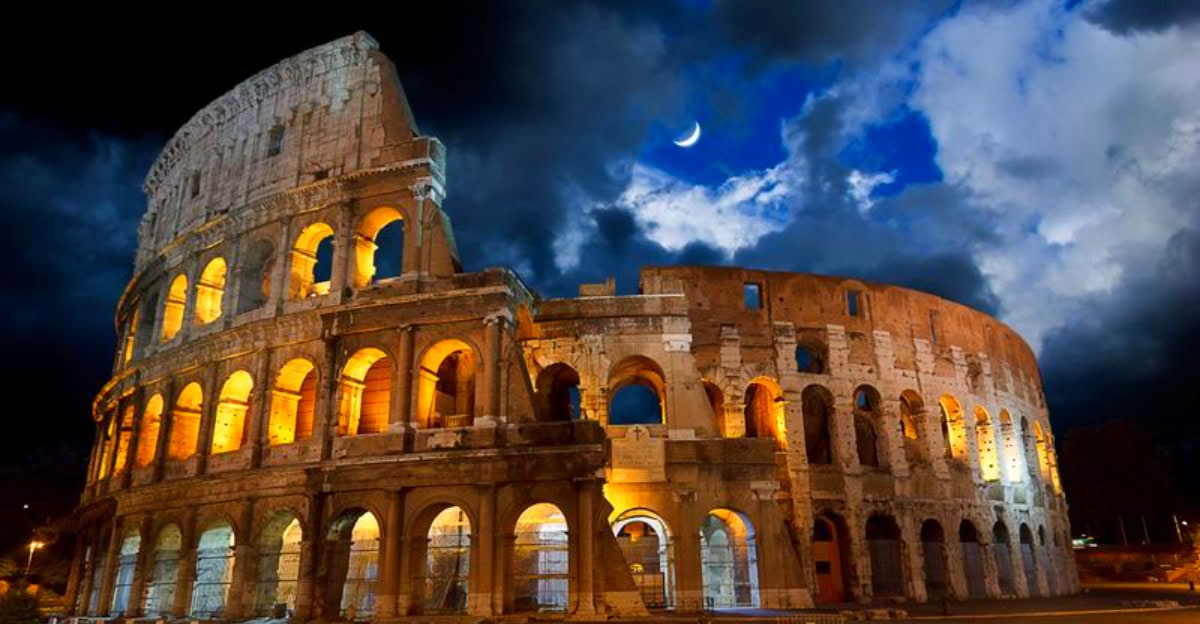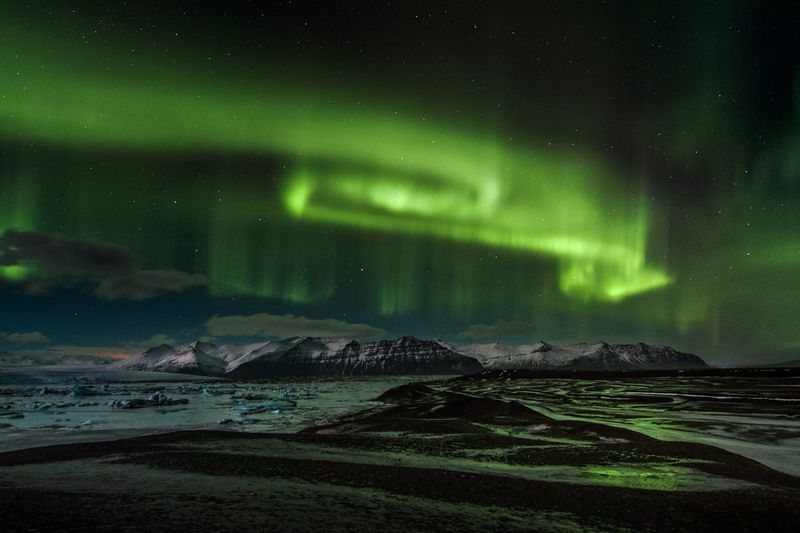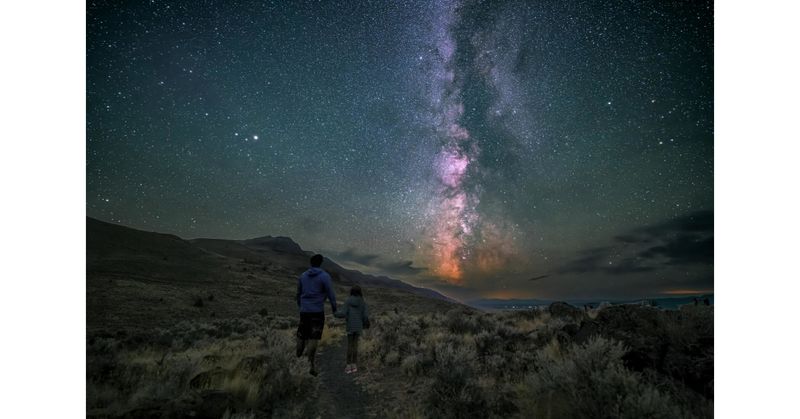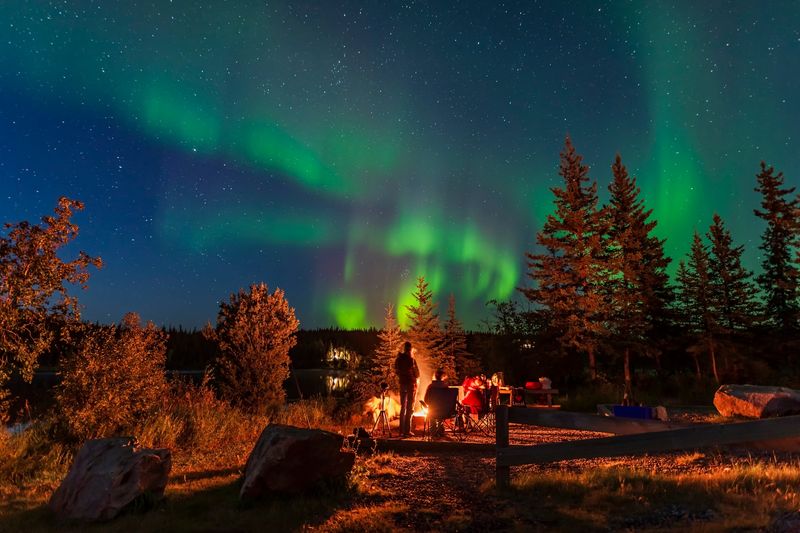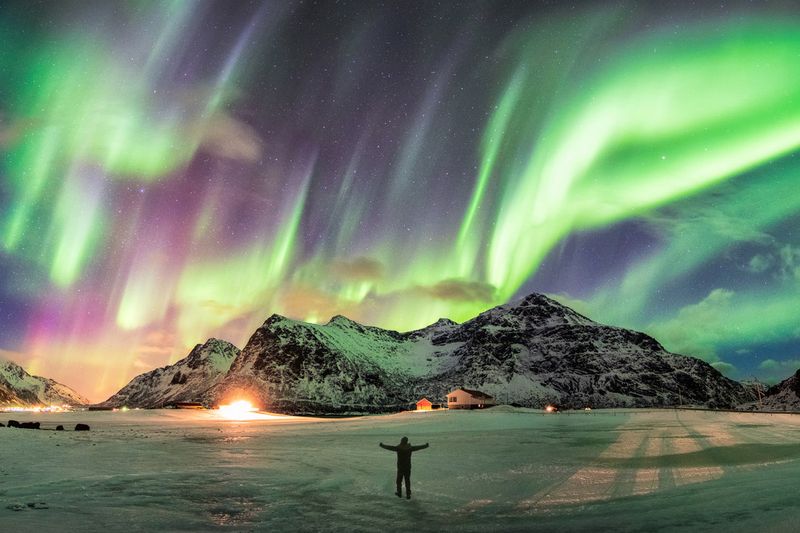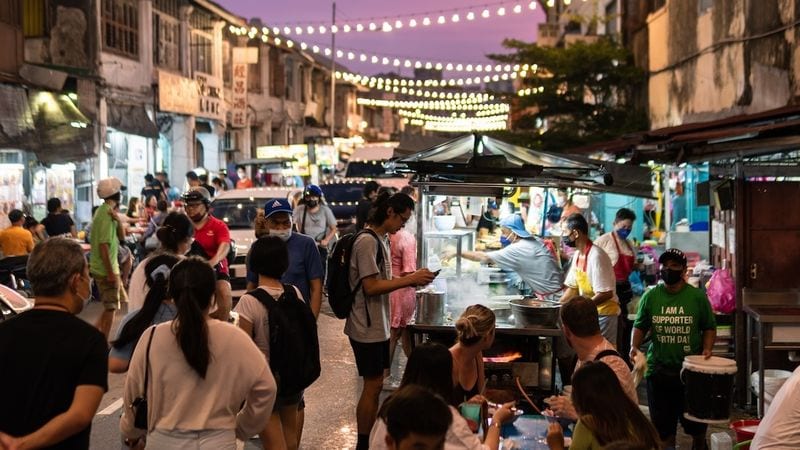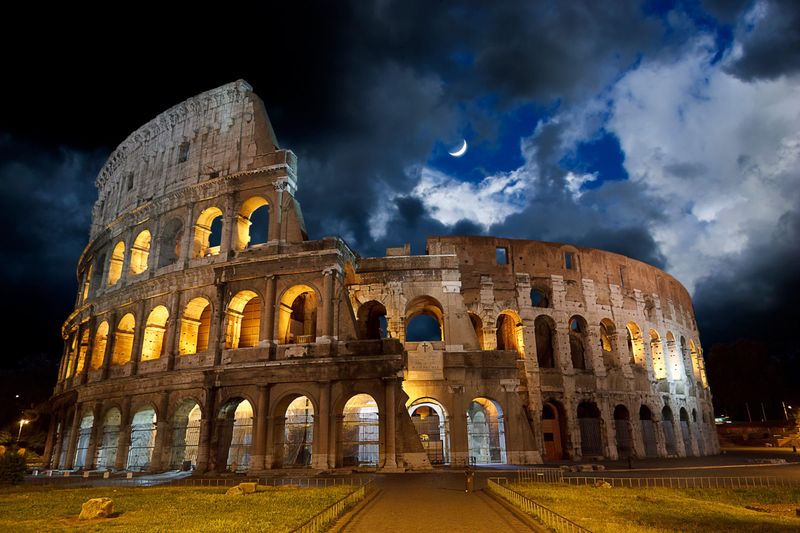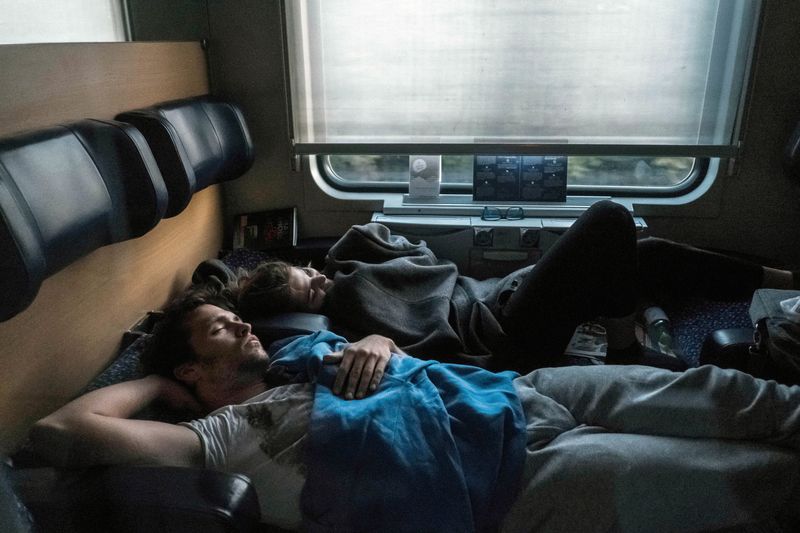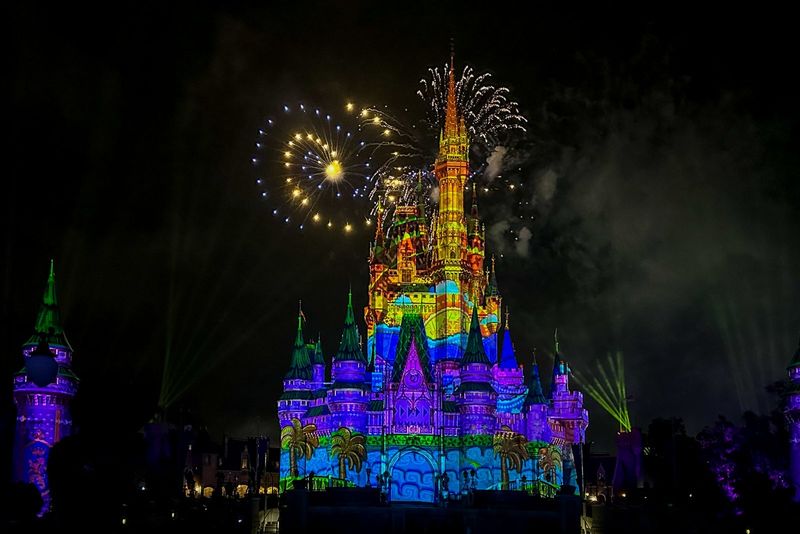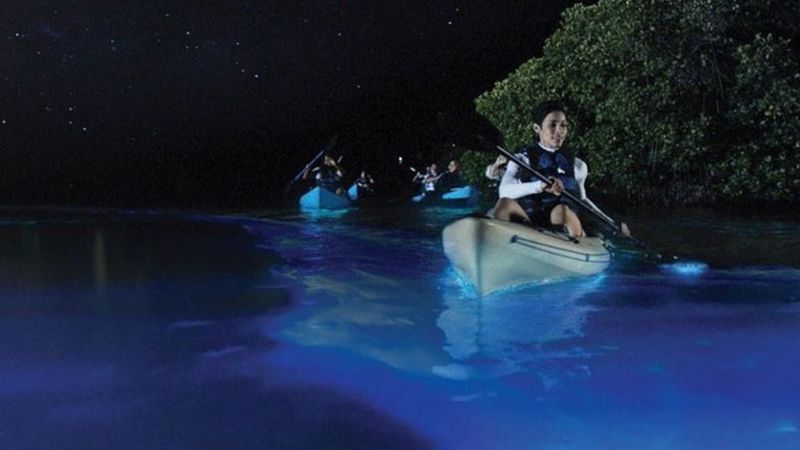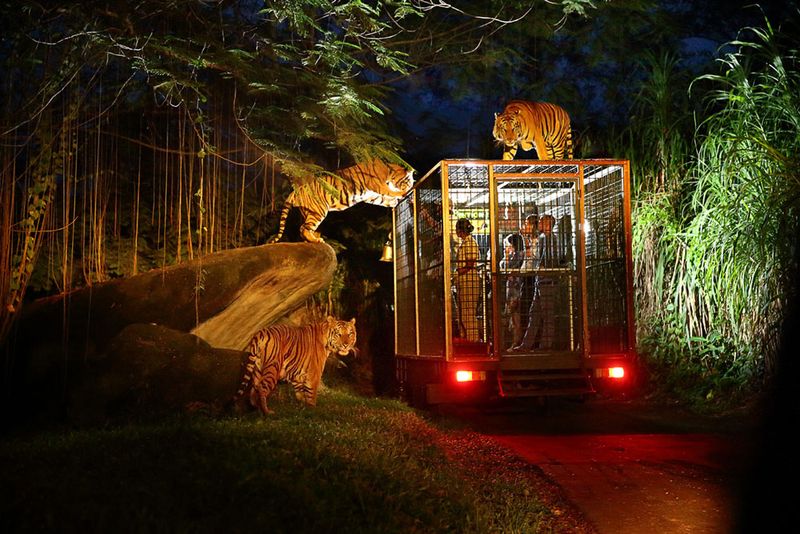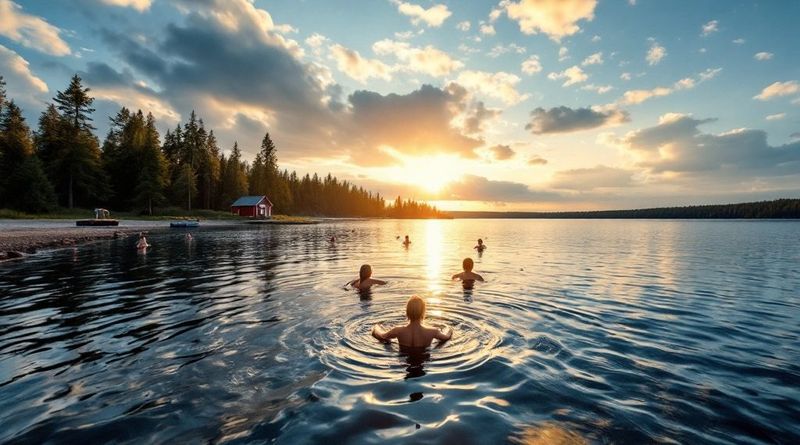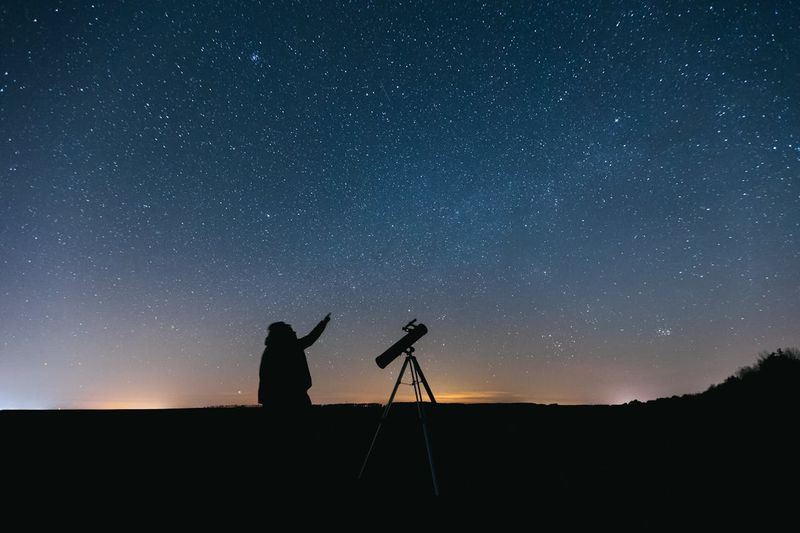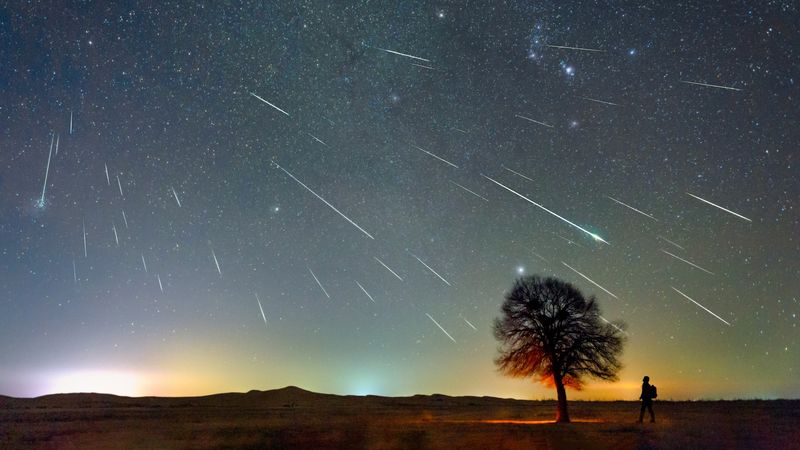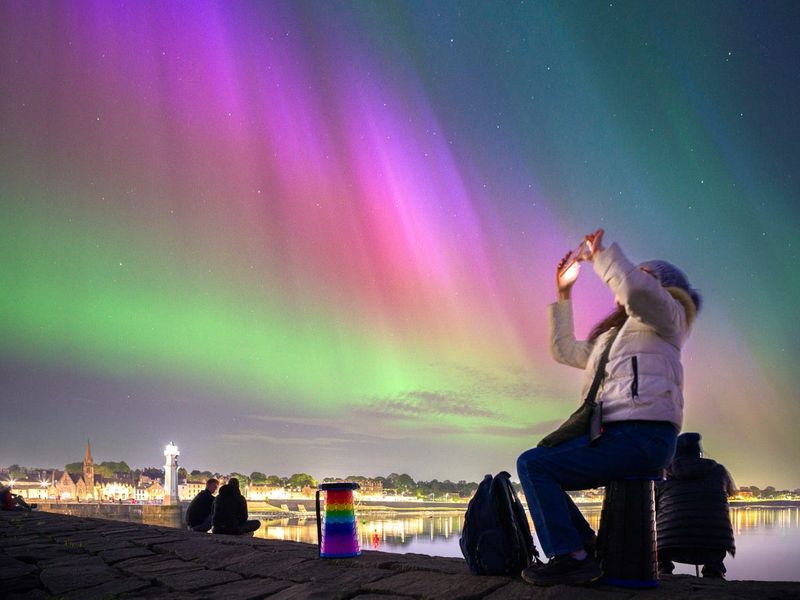Forget busy daytime crowds and scorching afternoon heat. Smart travelers are discovering the magic that happens after sunset, and it’s changing how we explore the world. From glowing bioluminescent bays to ancient ruins bathed in moonlight, noctourism offers experiences you simply can’t find during regular hours. Ready to see why the night is calling adventurous souls everywhere?
1. The Northern Lights Are Peaking Right Now
Solar Cycle 25 is delivering the aurora show of a lifetime. Scientists predict peak activity around mid-2025, meaning more frequent and farther-reaching northern lights than we’ve seen in years.
Aurora chasers are booking trips to Iceland, Norway, and Alaska faster than ever. The increased solar activity means you might even spot auroras from places like northern Scotland or Canada’s southern provinces.
Tour operators report record bookings for aurora expeditions. Photography workshops focusing on northern lights techniques are selling out months in advance.
2. Dark-Sky Places Are Multiplying
Oregon Outback became the world’s largest Dark Sky Sanctuary in 2024, and it’s just the beginning. More destinations are earning official dark-sky certifications, creating protected zones where artificial light pollution can’t interfere with stargazing.
These sanctuaries offer crystal-clear views of the Milky Way and constellations invisible from cities. Photographers flock to these locations for astrophotography workshops and galaxy shots.
Each new designation creates tourism opportunities for rural communities. Local guides are training in astronomy to lead night tours for visitors seeking authentic celestial experiences.
3. The Big Predictions Say So
Major travel platforms are calling it: noctourism is 2025’s breakout trend. Booking.com’s research shows travelers actively seeking “darker sky” destinations and planning more nocturnal activities to avoid direct sunlight.
Skyscanner’s trend reports highlight astronomical adventures as top search terms. Travel experts predict night-focused trips will grow 40% this year alone.
Industry analysts note the shift reflects changing travel priorities. Visitors want unique experiences that can’t be replicated at home, and the night sky delivers exactly that kind of wonder.
4. Aurora and Night-Sky Trips Are Mainstream Travel News
Travel + Leisure and Time Out both featured noctourism as a must-try 2025 experience. When major publications spotlight a trend, millions of casual travelers take notice and start planning their own night adventures.
Magazine covers showcase stunning night photography from destinations around the world. Social media influencers are sharing their aurora chasing experiences with massive audiences.
Travel agents report increased inquiries about astronomy tours and dark-sky destinations. The mainstream media attention has transformed noctourism from a niche hobby into a legitimate vacation category that appeals to all age groups.
5. Night Markets Equal Big Spending
China’s night tourism economy reached ¥1.91 trillion in 2024, with evening visitors spending three times more than daytime tourists. Night markets create vibrant atmospheres where people linger longer and purchase more.
Street food vendors, artisan crafts, and entertainment flourish after dark. Cities worldwide are investing in night market infrastructure to capture this lucrative spending pattern.
Bangkok, Taipei, and Istanbul have become legendary for their night market scenes. Travelers specifically plan trips around experiencing these after-dark cultural hubs where locals and tourists mingle over delicious food and unique shopping opportunities.
6. Museums and Icons Now Open Late
European Night of Museums on May 18, 2025, opens cultural treasures after hours. The Louvre extends Friday evening access, while Rome offers exclusive after-dark Colosseum tours with dramatically different lighting.
Museums report that evening visitors spend more time with exhibits without daytime crowds. Special nighttime programming includes curator talks, wine tastings, and live performances.
Historic sites gain mysterious new personalities under moonlight and strategic illumination. Visitors describe these experiences as more intimate and memorable than traditional daytime visits to the same locations.
7. Sleeper Trains Are Back and Nicer
Europe’s night train renaissance brings luxury to overnight travel. New ÖBB Nightjet trains feature modern sleeping compartments, while European Sleeper added routes to the Alps and Venice for 2025.
Travelers wake up in new destinations without losing vacation days to transit. Updated amenities include private bathrooms, quality bedding, and dining cars serving local specialties.
Environmental consciousness drives the trend as trains produce fewer emissions than flights. Younger travelers especially embrace the romantic notion of crossing countries while they sleep, making the journey part of the adventure rather than just transportation.
8. Theme Parks Have Premium After-Hours
Disney After Hours events sell exclusive late-night park access with minimal wait times. Universal’s Halloween Horror Nights 2025 runs through November with dozens of specially designed evening experiences.
Premium pricing keeps crowds small while offering unique attractions unavailable during regular hours. Special lighting, exclusive shows, and themed entertainment create completely different park atmospheres.
Families plan entire vacations around these limited-time evening events. Adult-oriented programming after regular closing allows theme parks to cater to different audiences and maximize revenue from their infrastructure investments.
9. Bioluminescence Is a Bucket-List Glow-Up
Mosquito Bay in Vieques, Puerto Rico, holds the Guinness World Record as the brightest bioluminescent bay. Puerto Rico’s tourism board actively promotes night kayaking tours through these glowing waters.
Microscopic organisms create blue-green light when disturbed, turning every paddle stroke into magic. Photographers struggle to capture the ethereal glow that’s best experienced in person.
Similar phenomena occur in places like the Maldives, Jamaica, and California. Tour operators report that bioluminescence tours are among their most requested and highest-rated experiences, creating lasting memories that guests describe as life-changing.
10. Night Safaris Equal Different Wildlife
Singapore Night Safari pioneered nocturnal wildlife experiences, showcasing creatures that hide during daylight hours. Over 60% of animal species are most active between dusk and dawn.
Guided night drives reveal leopards hunting, owls calling, and nocturnal primates socializing. Specialized lighting allows observation without disturbing natural behaviors.
African safari lodges now offer night game drives as standard options. Visitors report that nighttime wildlife encounters feel more authentic and thrilling than daytime sightings, with heightened senses and unexpected animal behaviors creating unforgettable moments in the wild.
11. Heat Is Pushing Activity Into Evenings
Rising temperatures force travelers to seek “coolcations” and shift activities to comfortable evening hours. Booking.com research shows visitors deliberately planning nocturnal schedules to avoid peak heat and sun exposure.
Mediterranean destinations promote sunset dining, evening walking tours, and after-dark cultural events. Desert locations like Dubai and Phoenix build their tourism around evening and early morning activities.
Health-conscious travelers appreciate reduced UV exposure during night adventures. Cities invest in evening entertainment infrastructure as climate change makes daytime tourism less appealing in traditionally hot destinations around the world.
12. Wellness and Awe Benefits
Scientific research links artificial light pollution to mental health problems, while natural darkness and starry skies promote psychological well-being. The “awe” response triggered by vast night skies correlates with reduced stress and increased life satisfaction.
Wellness retreats incorporate “star bathing” and astronomy meditation sessions. Participants report feeling more connected to nature and gaining perspective on daily concerns.
Forest bathing and earthing practices extend into nighttime hours. Digital detox programs use dark-sky locations to help participants disconnect from screens and reconnect with natural rhythms that promote better sleep and mental clarity.
13. There’s an Events Calendar for the Night Sky
2025 delivers spectacular celestial events including meteor showers, supermoons, and eclipses. Timeanddate.com provides detailed monthly guides helping travelers plan trips around these free natural shows.
Perseid meteors in August and Geminids in December offer reliable viewing opportunities. Astronomy clubs coordinate group viewing events in dark-sky locations.
Hotels near dark-sky areas create special packages around astronomical events. Advance planning allows travelers to combine celestial viewing with cultural experiences, making astronomy the anchor point for broader travel adventures that create lasting memories.
14. After-Dark Icons With Fewer Crowds
Petra by Night received 2025 upgrades including projection mapping that transforms the ancient Treasury facade. Famous landmarks reveal different personalities under moonlight and strategic illumination.
Evening visits to iconic sites offer intimate experiences impossible during crowded daytime hours. Taj Mahal, Angkor Wat, and Machu Picchu all provide special nighttime access programs.
Photography opportunities improve dramatically with dramatic lighting and absence of tourist crowds. Visitors describe nighttime monument visits as more spiritual and contemplative than their daytime counterparts, creating deeper connections with historical sites.
15. Phones and Citizen Science Make Nights More Fun
Smartphone cameras now capture aurora displays that were once invisible to casual observers. Apps like Aurorasaurus provide real-time alerts, democratizing access to spectacular night phenomena.
Social media fills with user-generated aurora photography from the 2024-25 solar storms. Citizen science projects engage travelers in data collection while they explore.
Technology bridges the gap between professional astronomy and casual stargazing. GPS apps guide users to optimal viewing locations, while camera apps help capture memories of celestial events that seemed impossible to photograph just years ago.
